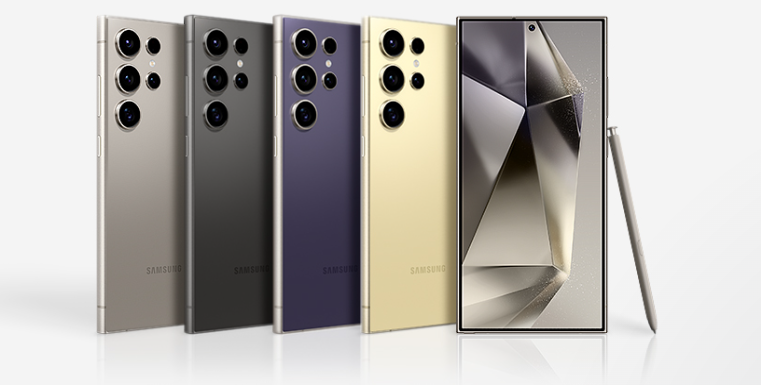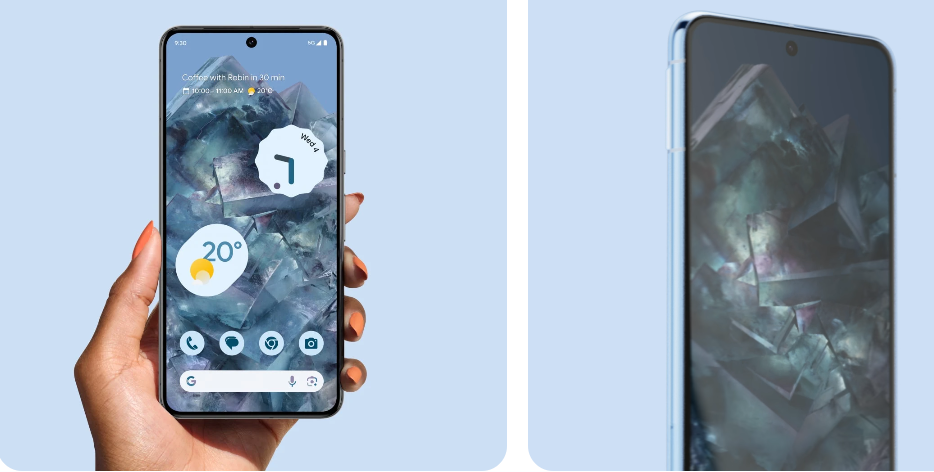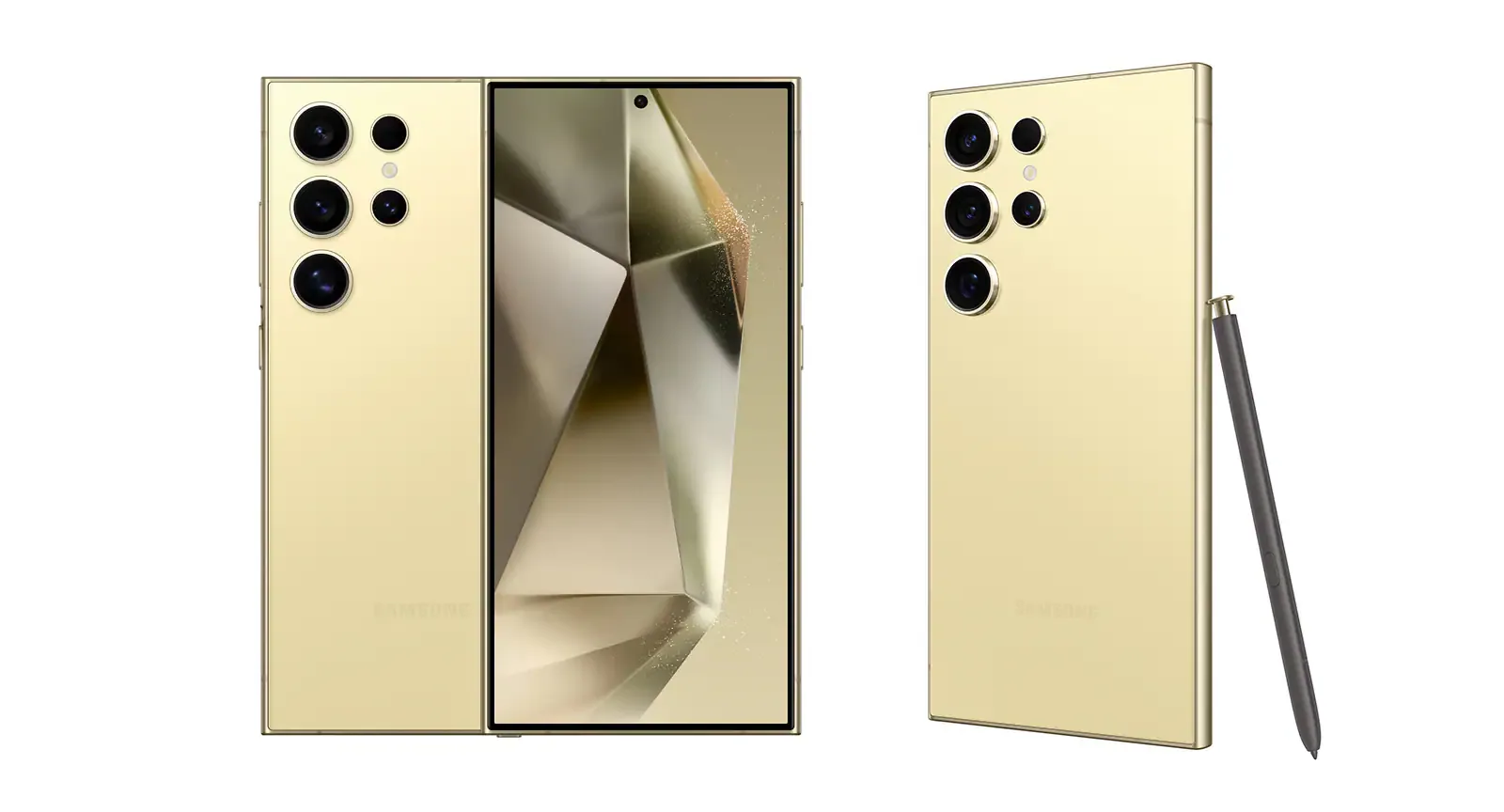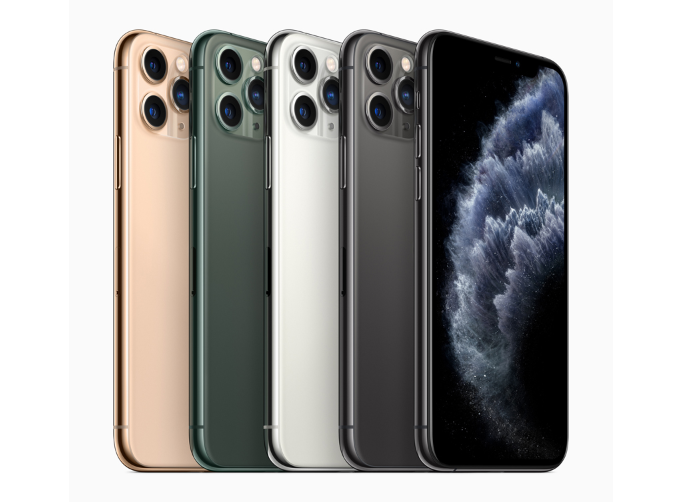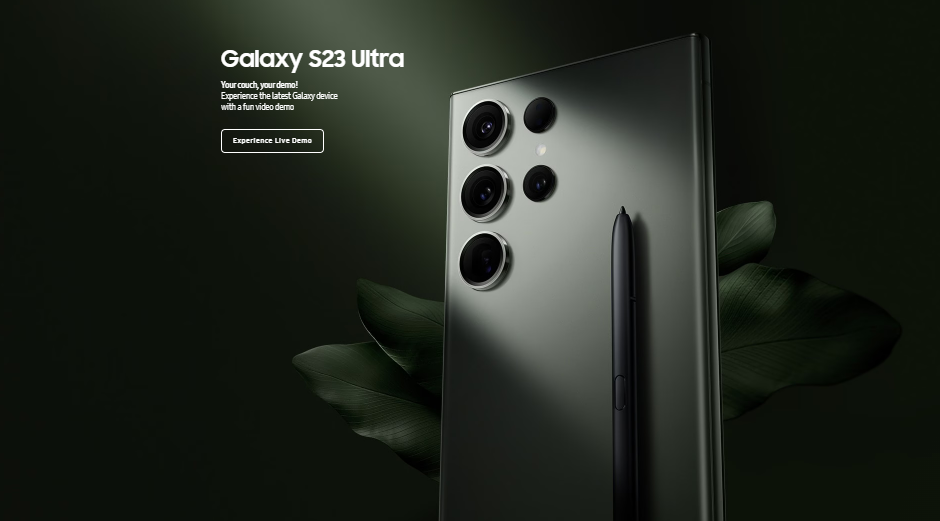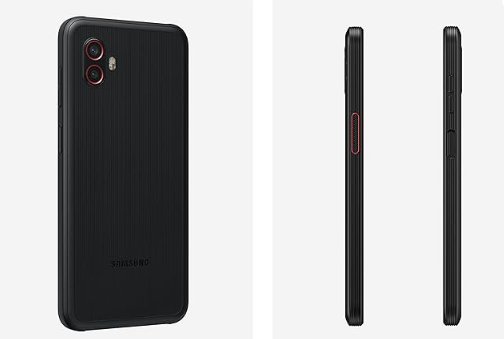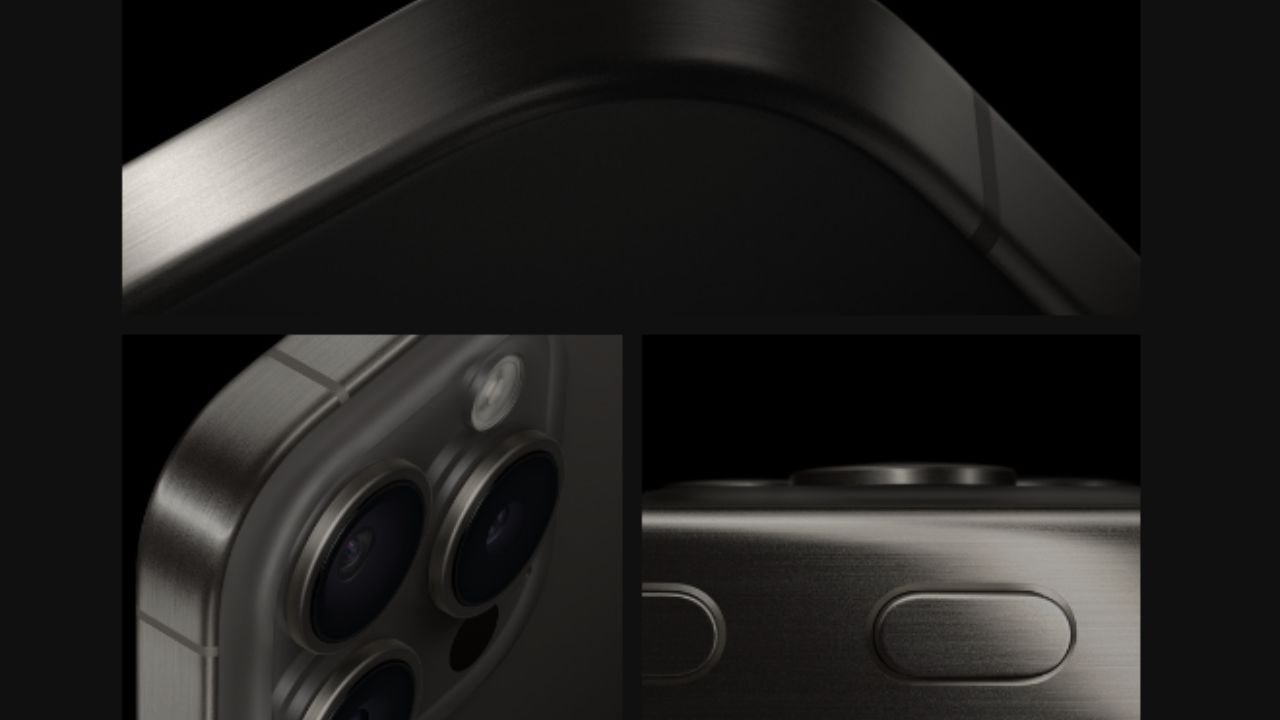ASUS has set a new standard for compact flagships with the Zenfone 10. ASUS Zenfone 10 outstanding gestures, sturdy build quality, and the addition of wireless charging make it a formidable competitor in its class.
Here’s a quick look at the ASUS Zenfone 10:
- What is it? The ASUS Zenfone 10 is a compact flagship Android phone with a 5.9-inch display, powered by a Snapdragon 8 Gen 2 processor.
- Price: Priced at $699 and €799, it maintains the affordability of its predecessor, the Zenfone 9.
- Availability: You can purchase the ASUS Zenfone 10 from ASUS, Amazon, and other retailers.
- Testing: I conducted a thorough seven-day test of the ASUS Zenfone 10, using a review unit provided by ASUS.
Is ASUS Zenfone 10 worth buying?
Absolutely. The ASUS Zenfone 10 offers exceptional performance and battery life without compromising on flagship features. It’s also more budget-friendly compared to similar options on the market. The only downside is its average update commitment.
Should you consider buying the ASUS Zenfone 10?
Definitely. Its compact size sets it apart, offering a 5.92-inch 120Hz FHD+ display in a smaller form factor reminiscent of Apple’s regular iPhone, Samsung’s Galaxy S series, and Google’s Pixel lineup. Despite its smaller size, it boasts high-end features like an IP68 rating, impressive speakers, and 15W Qi wireless charging, a new addition to the series. Additionally, it includes a headphone jack, a rarity among its competitors.
The Zenfone 10’s support for wireless charging and enhanced gesture controls further enhance its appeal. Powered by a Snapdragon 8 Gen 2 processor, 16GB RAM, and up to 512GB storage, it delivers solid performance comparable to larger and more expensive handsets from 2023. However, its compact design may lead to heating issues during intensive tasks, making it less suitable for avid gamers. For such users, ASUS offers the larger-screened ROG Phone 8 series, catering to their needs.
If you’re concerned about the Zenfone 10’s battery life, worry not. The phone boasts a 4,300mAh battery, slightly larger than some of its competitors. Even with performance mode enabled, which can drain the battery faster, the default dynamic performance setting easily lasted me through a day of streaming, messaging, and browsing, with some power to spare. However, without an LTPO display, the dynamic refresh rate isn’t fully adaptive, resulting in fluctuations in battery life based on usage. Still, getting a full day’s use out of such a compact phone is commendable.
Beyond its specs, the Zenfone 10 offers a range of vibrant color options. I had the pleasure of trying out the Eclipse Red model, but the Aurora Green, Midnight Black, Comet White, and Starry Blue variants all look fantastic. Regardless of color choice, the build quality impresses, with a metal chassis, Gorilla Glass Victus protection, and a soft-textured Bio-based polycarbonate back providing ample drop protection. However, the sporty gamer aesthetic may not appeal to everyone, and the design remains largely unchanged from the Zenfone 9.
But the Zenfone 10 isn’t just about hardware; it also boasts some clever software features. Familiar options like Zen Touch, Double tap on the back, smart key, and various gestures from the Zenfone 9 return, with some new additions. Quick Shot allows for instant burst pictures from a locked screen, while ZenTouch now enables swiping through the entire notification shade or quickly rewinding YouTube videos. Edge Tool now supports quick settings toggles like Wi-Fi and NFC, enhancing efficiency.
While setting up these features may take some time, they greatly enhance multitasking on the compact screen. However, I wish the back tap gestures could launch apps, a feature currently limited to Zen Touch.
In terms of software, Zen UI, based on Android 13 (with no Android 14 update yet), offers a lightweight, stock-like appearance. ASUS and Google apps are present, with minimal pre-installed bloatware like Instagram and Facebook. The interface deviates slightly from stock Android, featuring round icons for quick settings and lacking robust theming options. An update to Android 14 is expected in the first half of 2024, ensuring continued software support for the Zenfone 10.
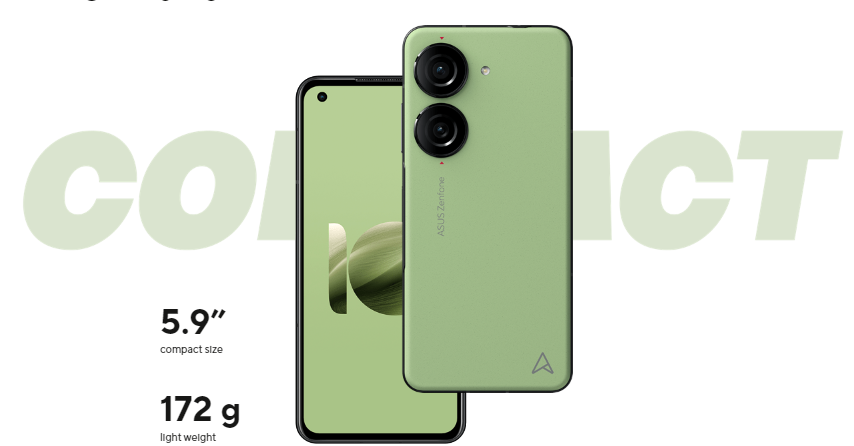
ASUS has made notable changes to its camera setup on the Zenfone 10. Firstly, a 32MP RWGB sensor replaces the selfie camera, improving low-light performance. While the results are generally good, there are limitations in extremely dark conditions compared to competitors like the Pixel 7 Pro. However, it delivers solid skin tones, sharp textures, and pleasing portrait blur in most scenarios.
On the software side, AI Object Sense, also known as object segmentation, enhances the richness of scenes by detecting and processing different elements separately. Despite performing well in various lighting conditions with vibrant colors and robust dynamic range, images can sometimes appear oversharpened, with noticeable artifacts in HDR-heavy scenes.
ASUS’ Hyper Clarity technology now handles 4x-8x zoom in the RAW domain for enhanced detail, although processing time is longer, and the level of detail remains somewhat lacking. The 120-degree ultrawide camera offers versatility but may not always match the color profile of the main lens, with noticeable noise at the frame edges.
For video recording, gimbal stabilization shines, supporting various resolutions up to 8K/24fps. Stabilization options include hardware-only, adaptive software stabilization with cropping, and HyperSteady mode for intense stabilization. The new Adaptive mode automatically adjusts stabilization based on shake intensity, complementing the effective gimbal setup.

Despite its impressive features, the Zenfone 10 has a notable drawback: ASUS’ software update policy. While the two major OS updates and four years of security updates are decent, they fall short compared to competitors. Additionally, the lack of OS upgrades beyond 2025 means users may miss out on future Android features. However, long-term security updates offer some reassurance for continued usage.
Here are some top alternatives to the ASUS Zenfone 10:
- Samsung Galaxy S24 ($859.99 at Amazon): Offering a telephoto zoom and the latest processor, Samsung’s flagship provides a versatile photography experience and overall stellar performance. It comes at a slightly higher price but boasts a seven-year update commitment and a suite of AI features.
- Google Pixel 8 ($699 at Amazon): Known for its exceptional camera performance, the Pixel 8 offers wireless charging, advanced AI features, and seven years of OS updates. While its chipset may not match some competitors, its budget-friendly price makes it a compelling option.
- Google Pixel 7 ($545 at Amazon): For those seeking affordability without sacrificing features, the Pixel 7 provides solid dual cameras, wireless charging, and long-term upgrade support. It offers similar features to the Zenfone 10 at a more budget-friendly price point.
- Apple iPhone 15 ($829.99 at Amazon): If you’re open to exploring outside the Android ecosystem, the iPhone 15 delivers excellent camera performance, build quality, and performance. While slightly more expensive and with a different operating system, it offers a unique user experience.
- ASUS Zenfone 11 Ultra ($899 at Amazon): For those loyal to the ASUS brand and seeking the latest technology, the Zenfone 11 Ultra offers a large display, top-notch camera system, advanced AI features, and enhanced processing power compared to its predecessor.
| Specifications | ASUS Zenfone 10 specs |
|---|---|
| Dimensions and weight | 146.5 x 68.1 x 9.4mm, 172 grams |
| RAM | 8GB / 16GB, LPDDR5X |
| Cameras | Rear: – 50MP wide, f/1.9 aperture, 1/1.56-inch sensor, multi-directional PDAF, 6-axis gimbal OIS – 13MP ultrawide, f/2.2 aperture, fixed AF Selfie: – 32MP wide, RYGB sensor, fixed AF |
| Ports and switches | USB-C, 3.5mm headphone jack |
| Software | Android 13, ZenUI |
| Power | 4,300mAh battery, 30W wired charging, 15W Qi wireless charging |
| Storage | 128GB / 256GB / 512GB, UFS4.0 |
| Biometrics | Side-mounted fingerprint reader |
| Display | 5.92-inch Super AMOLED, 2,400 x 1,080 resolution (FHD+), 120Hz refresh rate, 445 PPI, 1100 nits peak brightness |
| Connectivity | Wi-Fi 7 Ready, Wi-Fi 6, Bluetooth 5.3, NFC |
| In the box | ASUS Zenfone 10, 30W charger, USB-C to USB-C cable, SIM ejector tool, Bumper case, Quick start guide |
| Audio | Stereo speakers (11x15mm super linear speakers) |
| Colors | Aurora Green, Midnight Black, Comet White, Eclipse Red, Starry Blue |
| Durability | Bio-based polycarbonate (plastic) back, Metal frame, Gorilla Glass Victus |
| Processor | Snapdragon 8 Gen 2 |
| Video | Primary: 8K at 24fps Selfie: 1080p at 30fps |
Recommended For You:
Samsung Galaxy A54 vs A55 | What Is The Difference?
Best refurbished iPhone deals: Get an iPhone 14 for $507
Motorola Teases New Smartphone Featuring Snapdragon 7 Gen 3 SoC and Curved Display

